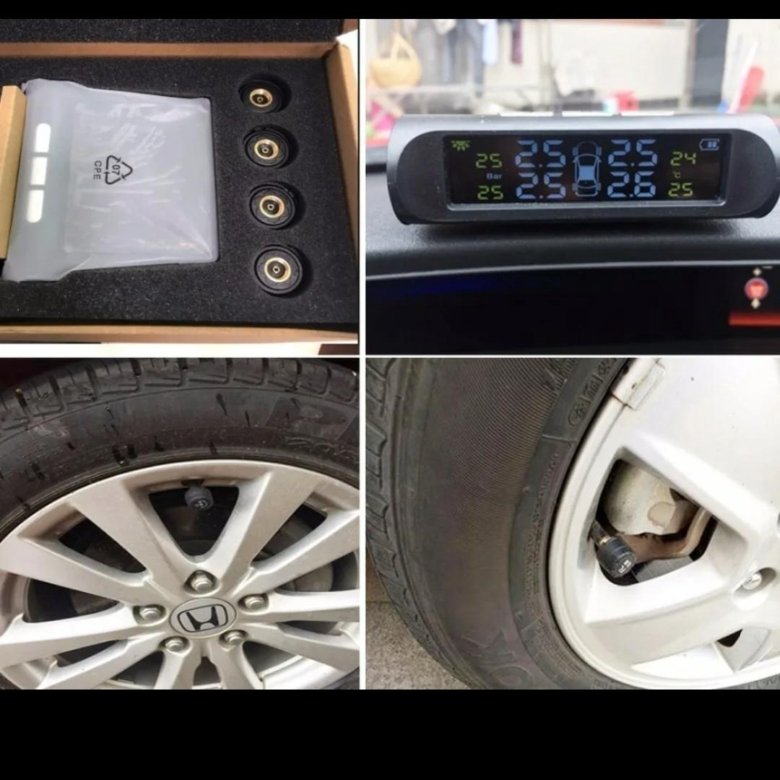GM TPMS systems on Buick, Pontiac, Chevy, GMC, Cadillac and Hummer models are some of the easiest to service if you have the right tools and knowledge. Starting in 2007, most vehicles use a TRW-, Schrader- or VDO-manufactured system that all share the same relearn procedures and behaviors, with only a few exceptions (like the Pontiac Vibe).
Shops should use a TPMS tool to reset the sensor positions after rotation. There is a method in the owner’s manual to “match” the sensors that involves deflating a tire for eight seconds.
To see if a code has been set on vehicles with or without a driver information center (DIC), turn the key on without starting the engine, and the TPMS light will blink for one minute and then stay on with a Service Tire Monitor System message. If that occurs, a TPMS system problem exists. On vehicles equipped with a DIC, a SERVICE TIRE MONITOR type message will also display.
When the road tire is repaired and reinstalled in the original location, the TPMS indicator icon illumination and DIC message may remain displayed until the DTC is resolved and cleared.
The initial “low tire” light is similar to the “low fuel” indicator and adding air to the low tire will extinguish the light. If the driver re-inflates the low tire, they must drive a short distance for at least 30 seconds before the sensors recognize the increase in pressure and turn the light off again. If the deflation is rapid, it will give a more immediate signal by flashing a warning light.
A GM TPMS has pressure, temperature and acceleration sensors. The unit also has a radio transmitter, receiver and battery. Sensors have an estimated 10 year/150,000 mile battery life (GM’s estimate). The antenna and receiver are the same as those used for the keyless-entry system. The antenna is typically sandwiched between the layers of glass in the front or rear glass, but some vehicles have a dedicated antenna mounted in various places.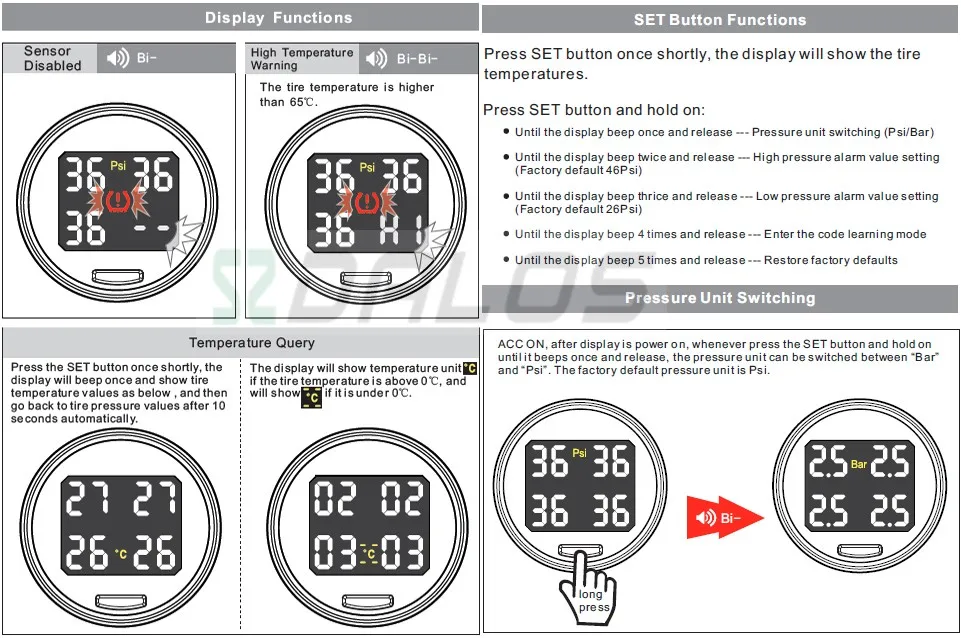
The keyless-entry module communicates with the TPMS sensors and relays the information with the Body Control Module (BCM) on the CAN BUS. If the keyless-entry module or BCM is replaced, the sensors must be relearned. Same goes for the key fobs.
Each sensor has its own unique ID number. If a new sensor is fitted, the BCM must be reprogrammed with its unique ID and its position on the vehicle.
Each sensor takes a pressure measurement sample once every 30 seconds while in stationary mode. If the tire pressure increases or decreases by more than 1.2 psi from the last pressure measurement, another measurement will occur immediately to verify the change in pressure. If a pressure change has indeed occurred, the sensor transmits in learn mode.
Each sensor has an internal low frequency coil, and when the TPMS tool is used in activate mode, it produces a low frequency transmission that activates the sensor. The sensor responds to a low frequency activation by transmitting in learn mode. When the TPMS antenna receives a learn mode transmission while in TPMS learn mode, it will assign that sensor’s ID number to the location on the vehicle relative to the order in which it was learned.
When the TPMS antenna receives a learn mode transmission while in TPMS learn mode, it will assign that sensor’s ID number to the location on the vehicle relative to the order in which it was learned.
• It is best to perform the TPMS relearn procedure in the parking lot away from the shop. This decreases the chances of other radio signals interfering with the relearn process.
• Aim at the sidewall below the valve stem — not at the stem.
• If you cannot get a sensor to initialize, try pushing the vehicle forward a foot or two. The signals can be blocked by components like rotors, calipers and knuckles, so repositioning the vehicle may unblock the sensor. This is far more common on the front wheels.
TPMS Sensor Matching1. Set the parking brake.
2. Turn the ignition switch to ON/RUN with the engine off.
3. Press and hold the keyless-entry fob transmitter’s LOCK and UNLOCK buttons, at the same time, for about five seconds to start the TPMS learn mode. The horn sounds twice indicating the TPMS receiver is ready and in learn mode. This can also be performed using the turn signal arm and the driver information center.
The horn sounds twice indicating the TPMS receiver is ready and in learn mode. This can also be performed using the turn signal arm and the driver information center.
4. Starting with the left-front tire, activate the sensor by holding the TPMS tool aimed upward against the tire sidewall close to the wheel rim at the valve stem location. Press and release the activate button and wait for a horn chirp.
5. Once the horn chirp has sounded, the sensor information is learned and a turn signal will illuminate in the next location to be learned. On most models, the driver-side-front will be next. Once the learn mode has been enabled, each of the sensors’ unique identification codes can be learned.
6. When a sensor ID has been learned, the module sends a serial data message to the BCM to sound a horn chirp. This verifies the sensor has transmitted its ID and has received and learned it. The module must learn the sensor IDs in the proper sequence to determine each sensor’s location.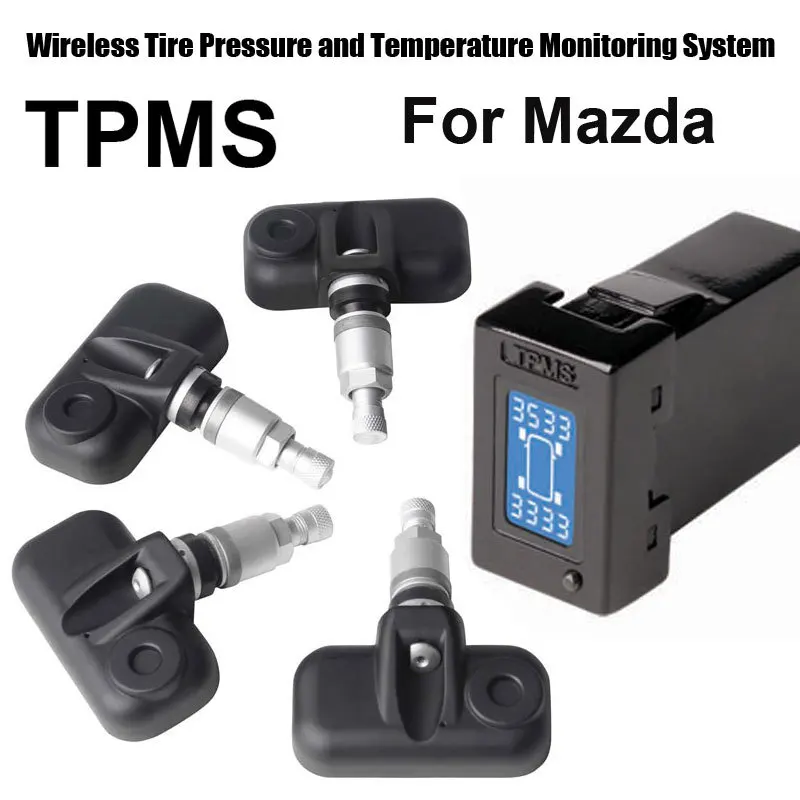 The first learned ID is assigned to the left-front location, the second to right-front, the third to right-rear and the fourth to left-rear.
The first learned ID is assigned to the left-front location, the second to right-front, the third to right-rear and the fourth to left-rear.
The learn mode will cancel if the ignition is cycled to OFF or if more than two minutes has elapsed and no sensor has been learned. If the learn mode is canceled before the first sensor is learned, the original sensor IDs will be maintained. If the learn mode is canceled after the first sensor is learned, the following will occur:
• All stored sensor IDs will be invalidated in the RCDLR memory.
• If equipped, the DIC will display dashes instead of tire pressures.
• DTC C0775 will be set.
These conditions will now require the learn procedure to be repeated for the system to function properly.
Top GM TPMS Tips• If the BCM or keyless-entry modules have been replaced, the modules must be reprogramed and the sensors relearned.
• Many of these systems have been on the road for nine years, so be prepared to deal with mixed sets of sensors from different manufacturers.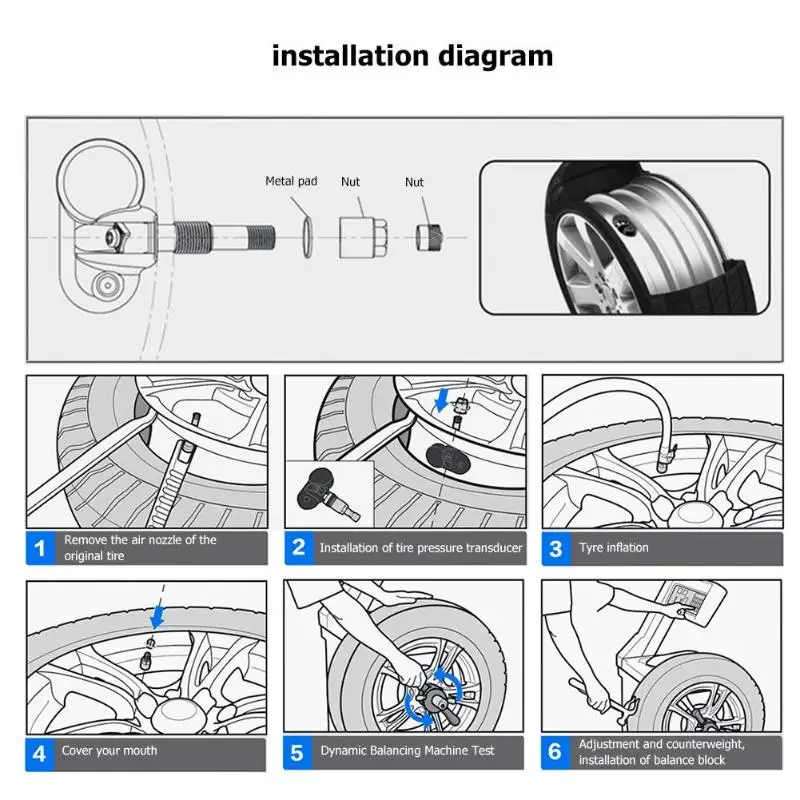
• If the model has snap-in sensors, before installing the valve stem, it is acceptable to lubricate the seating surfaces with an approved tire lubricant. Do not use chassis grease or a grease with petroleum distillates. These types of lubricants can degrade the stem over time and cause a leak. Lubricating the stem can help in the alignment of the sensor on the flats.
• If you encounter a sensor that does not respond when activated by the tool, try activating another sensor that responded previously. This will help you determine if the tool is able to activate the sensor or if you have a problem with one particular sensor.
• When tightening the screw of a snap-in sensor, be mindful of stress on the sensor and the alignment of the sensor. Start the screw for the first couple of threads and make sure the sensor and stem are aligned. When performing the final tightening sequence, stop when the tool clicks to indicate the proper torque has been reached.
• Sensors are getting to be very inexpensive. If one sensor dies, consider replacing all of them.
If one sensor dies, consider replacing all of them.
Each TPMS sensor has a unique identification code. The identification code needs to be matched to a new tire/wheel position after rotating the tires or replacing one or more of the TPMS sensors.
The TPMS sensor matching process should also be performed after replacing a spare tire with a road tire containing the TPMS sensor. The malfunction light and the DIC message should go off at the next ignition cycle. The sensors are matched to the tire/wheel positions, using a TPMS relearn tool, in the following order: driver side front tire, passenger side front tire, passenger side rear tire, and driver side rear.
There are two minutes to match the first tire/wheel position, and five minutes overall to matchall four tire/wheel positions. If it takes longer, the matching process stops and must be restarted.
The TPMS sensor matching process is:

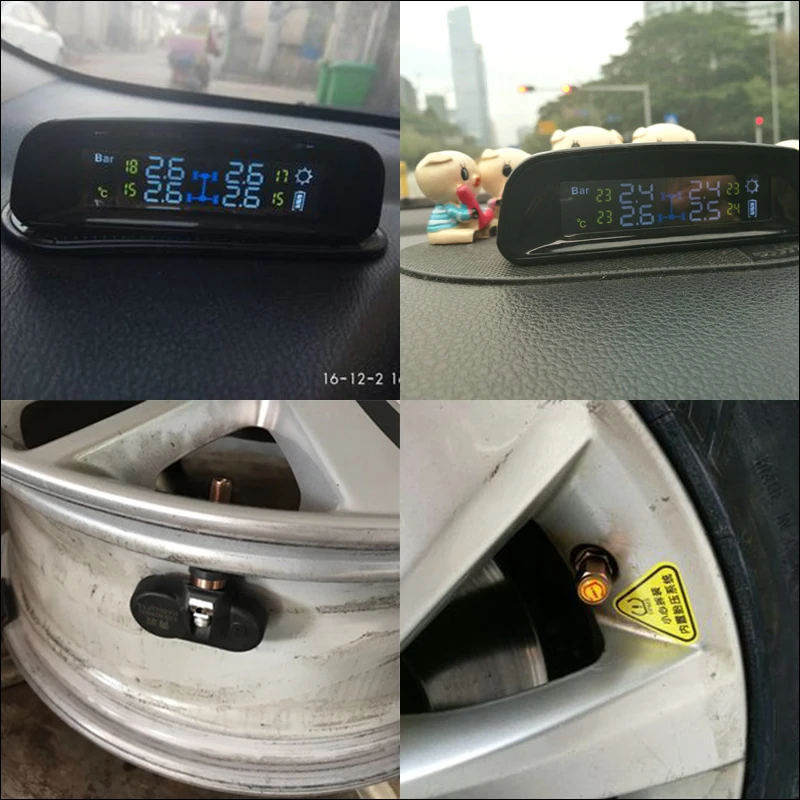
Related Course
View Course
This course, presented by Karl Schneider, covers everything you need to know about TPMS. Karl covers the shop’s legal responsibilities that come with TPMS and how to avoid expensive ramifications. He goes over the three types of sensors you will encounter, how to diagnose and service these types.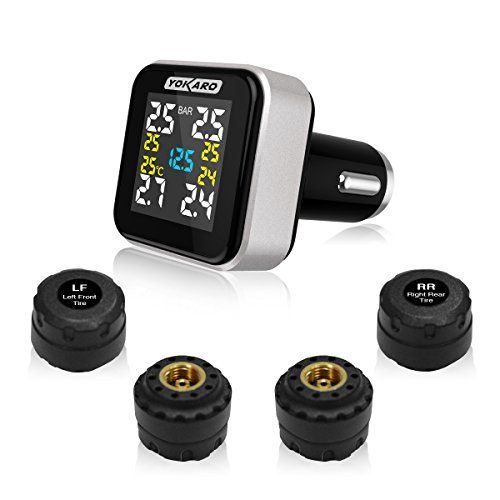 As a wrap-up, Karl conducts some hands-on case studies that will have you feeling confident in your knowledge of properly servicing TPMS.
As a wrap-up, Karl conducts some hands-on case studies that will have you feeling confident in your knowledge of properly servicing TPMS.
Read More
The purpose of the tire pressure monitoring system (TPMS) in your vehicle is to warn you that at least one or more tires are significantly under-inflated, possibly creating unsafe driving conditions. The TPMS low tire pressure indicator is a yellow symbol that illuminates on the dashboard instrument panel in the shape of a tire cross-section (that resembles a horseshoe) with an exclamation point.
That indicator light in your vehicle has a history. It’s a history rooted in years of uncertainty about proper tire pressure and many serious car accidents that might have been avoided had drivers known their air pressure was low. Even now, it’s estimated that a substantial number of vehicles hit the road each day with underinflated tires. However, proper tire maintenance with the aid of a TPMS can and does help prevent many serious accidents.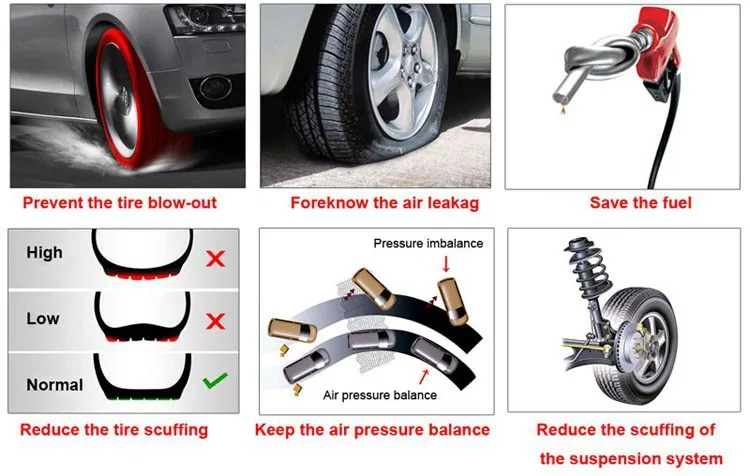
Before this indicator light became commonplace, knowing whether your air pressure had reached unsafe levels meant getting out, crouching down, and using a tire gauge. With few exceptions, this was the only pressure-checking tool ordinary consumers had at their disposal.
Then, in response to a surge in accidents due to underinflated tires, the US government passed the Transportation Recall Enhancement, Accountability, and Documentation (TREAD) Act. One of the outcomes of this legislation is that most vehicles sold in the United States since 2007 include a tire pressure monitoring system of some kind.
Not every TPMS works the same way. The illumination of the low tire pressure indicator represents the final step in the process of either an indirect TPMS or a direct TPMS.
An indirect TPMS typically relies on wheel speed sensors that the anti-lock brake system uses. These sensors measure the rate of revolution each wheel is making and can be used by on-board computer systems to compare with each other and to other vehicle operation data such as speed.
Based on the rate of revolution of each wheel, the computer can interpret the relative size of the tires on your vehicle. When a wheel starts spinning faster than expected, the computer calculates that the tire is underinflated and alert the driver accordingly.
So, an indirect tire pressure monitoring system doesn’t actually measure tire pressure. It’s not electronically processing the same kind of measurement you might see with a tire gauge. Instead, an indirect tire pressure monitor simply measures how fast your tires are rotating and sends signals to the computer that will actuate the indicator light when something in the rotation seems amiss.
-- Relatively inexpensive compared to a direct TPMS
-- Requires less programming/maintenance over the years than a direct TPMS
-- Less overall installation maintenance than its direct counterpart
-- May become inaccurate if you purchase a bigger or smaller tire
-- May be unreliable when tires are unevenly worn
-- Must be reset after properly inflating every tire
-- Must be reset after routine tire rotation
Direct TPMS uses pressure monitoring sensors within each tire that monitor specific pressure levels – not just wheel revolution data from the anti-lock brake system.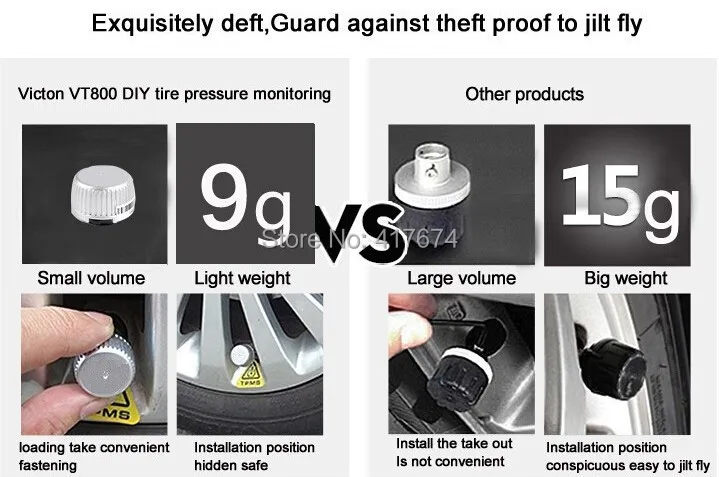
Sensors in a direct TPMS may even provide tire temperature readings. The direct tire pressure monitoring system sends all of this data to a centralized control module where it’s analyzed, interpreted, and, if tire pressure is lower than it should be, transmitted directly to your dashboard where the indicator light illuminates. A direct tire pressure monitor usually sends all of this data wirelessly. Each sensor has a unique serial number. This is how the system not only distinguishes between itself and systems on other vehicles, but also among pressure readings for each individual tire.
Many manufacturers use proprietary technology for these highly specialized systems, so replacing a TPMS in a way that’s consistent and compatible with your vehicle will require an experienced, knowledgeable technician.
-- Deliver actual tire pressure readings from inside the tire
-- Not prone to inaccuracies because of tire rotations or tire replacements
-- Simple resynchronization after tire rotation or tire replacements
-- Batteries inside the sensors usually last for about a decade.
-- May be included in a vehicle’s spare tire
-- More expensive overall than an indirect TPMS
-- Though simple, resynchronization may require costly tools.
-- Battery rarely serviceable; if the battery is drained, the whole sensor must be changed.
-- Proprietary systems make installation, service, and replacement confusing for consumers and auto shops.
-- Sensors are susceptible to damage during mounting/demounting
Although the methods may be different, both systems serve the same purpose and activate the same indicator light. Even though a TPMS can deliver accurate alerts when properly maintained, it’s not a replacement for manual air pressure checks, consider it just another item in your car maintenance toolbox.
There’s never a good time for a flat. That’s why Bridgestone DriveGuard tires are masterfully engineered to keep you moving for up to 50 miles at speeds up to 50 MPH without disruption.
There’s never a good time for a flat. That’s why Bridgestone DriveGuard tires are masterfully engineered to keep you moving for up to 50 miles at speeds up to 50 MPH without disruption.
See Details Find Your Fit
Not so long ago, scientists from different countries conducted an experiment, during which it was revealed that only a small part of vehicle owners check the amount of atmosphere in the chambers before going on a trip. Meanwhile, it is insufficient or excessive pressure that often causes increased fuel consumption, uncomfortable driving, or leads to an accident.
The TPMS system comes to the rescue, designed to control the amount of atmosphere in the chambers and signal malfunctions in a timely manner.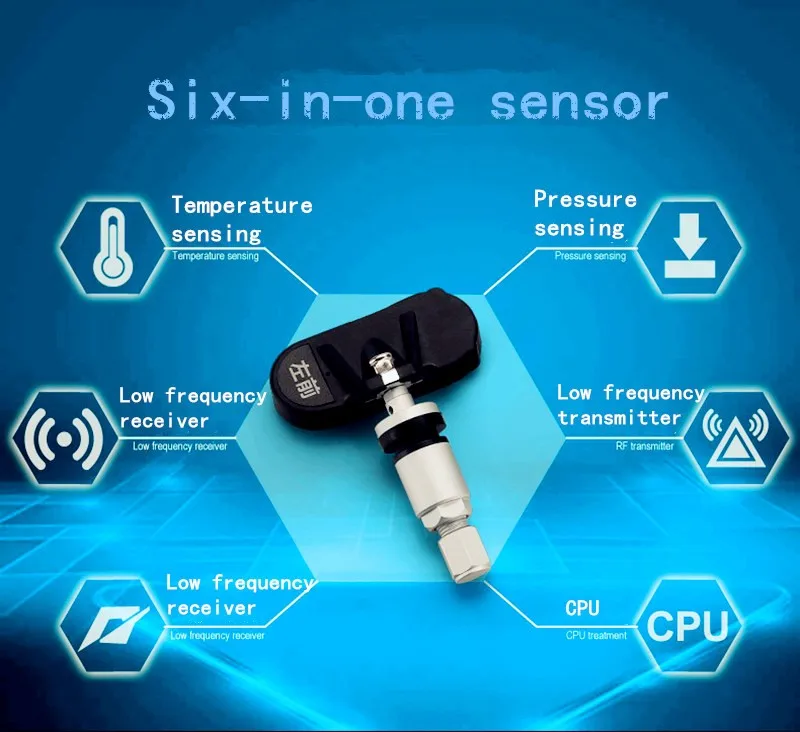 When the tires are properly inflated, the special warning sensor does not light up. However, in some situations, the light comes on. A constantly burning signal will begin to annoy even the calmest driver, especially if the amount of atmosphere in the chambers is ideal. A few simple manipulations will help fix the sensor error, and a couple of tips will tell you how to properly configure the TPMS system. nine0003
When the tires are properly inflated, the special warning sensor does not light up. However, in some situations, the light comes on. A constantly burning signal will begin to annoy even the calmest driver, especially if the amount of atmosphere in the chambers is ideal. A few simple manipulations will help fix the sensor error, and a couple of tips will tell you how to properly configure the TPMS system. nine0003
The TPMS sensitively monitors the amount of atmosphere in each chamber. However, to avoid possible troubles, it is important to know that the indicators are working properly. No, for this you do not have to constantly run around the car with a variety of measuring instruments. You just need to regularly adjust the device.
It is important to remember that for each particular car model, the sensor manufacturer has set its own values for a particular season. It is these characteristics that must be given to the TPMS system.
nine0003
Manipulations are quite simple and do not require special experience. It all depends on which variety is used:
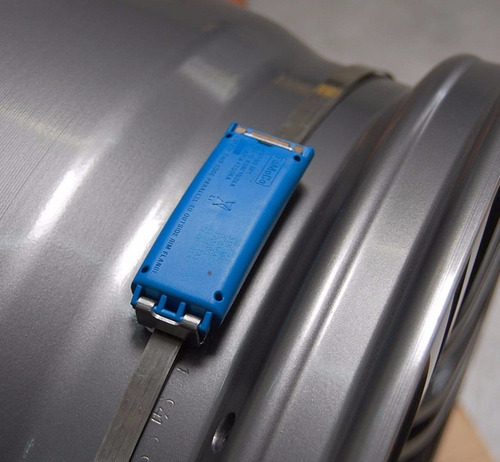 Therefore, it is better to entrust the work to professionals. After completing the installation work, it is necessary to check the correct installation of the caps and pump up the wheels. If readings are taken from the included display, no additional device settings are required.
Therefore, it is better to entrust the work to professionals. After completing the installation work, it is necessary to check the correct installation of the caps and pump up the wheels. If readings are taken from the included display, no additional device settings are required. To prevent the light from flashing again for no reason, it is important to set up the device every time you make a change. For example, if the old wheels were replaced with a new set, balancing was done and so on. nine0003
The TPMS is easy to use. The main thing is to carefully study the attached instructions and make sure that the number of atmospheres in the chambers matches those recommended by the manufacturer.
@Firedis.com
External and mechanical models are disabled by removing the sensors, because without removing them, you will not be able to turn off the system. There are several ways to render TPMS useless:

The following manipulations can also help to eliminate the error in the system:
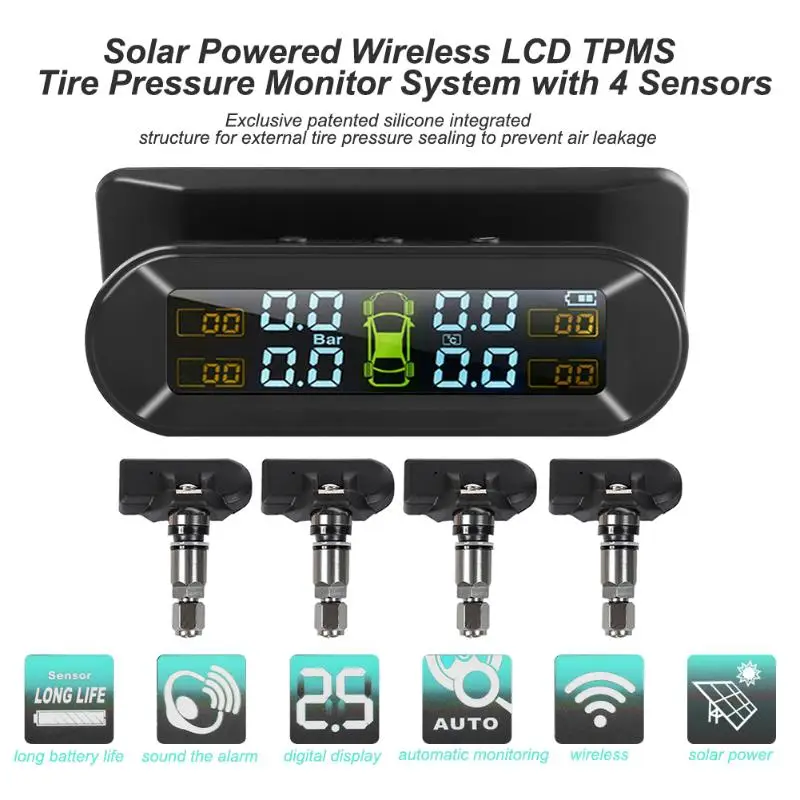 2 bar to it. If the signal continues to burn, you should completely lower the wheels. Then you need to re-inflate the tires, drive 5 km at a speed not exceeding 30 km / h. So the sensor data is completely reset, and the system will stop giving an error. nine0018
2 bar to it. If the signal continues to burn, you should completely lower the wheels. Then you need to re-inflate the tires, drive 5 km at a speed not exceeding 30 km / h. So the sensor data is completely reset, and the system will stop giving an error. nine0018 TPMS is definitely useful and easy to use. But even modern devices have some drawbacks that may force the driver to dismantle the product. nine0003
So, tire pressure monitoring has the following disadvantages:
 The reason lies in the fact that the angular speeds of the inner and outer wheels in this situation will be different.
The reason lies in the fact that the angular speeds of the inner and outer wheels in this situation will be different. @Creta-fan.ru
Sometimes the above methods of turning off the sensors are not able to solve the problem. In this case, the first step is to check the health of the indicators. To do this, it is better to contact a specialized workshop or an authorized dealer. The most common reason for indicators not working correctly is damage to the device. nine0003
Thus, instruments can be damaged:
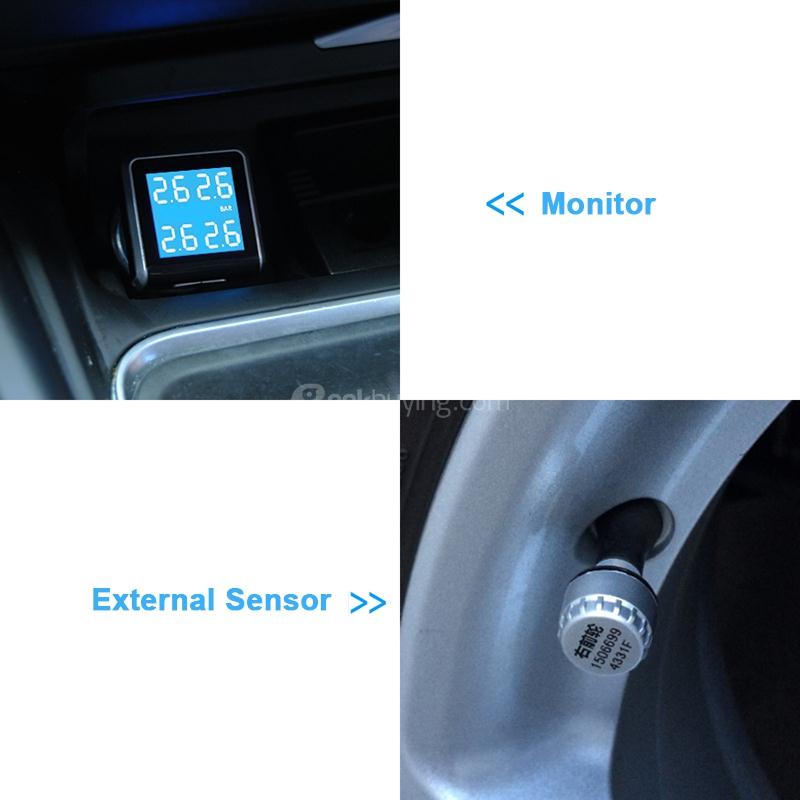
In some cases, the sensors may turn on by themselves, indicating a serious problem. Provoke incorrect operation can:
In the latter case, the ABS indicator will also come on. This suggests that the car needs to be diagnosed in a specialized center where employees will find and fix the problem.
The constantly lit TPMS indicator is an annoying factor for any car enthusiast. Even if everything is fine with the wheels, a faulty indicator deprives the vehicle owner of control over the true amount of atmospheres in the chambers. After all, if the light is on all the time, the motorist will not receive an alert when the camera is really faulty. And this factor already directly affects not only the comfort, but also the safety of the driver and passengers.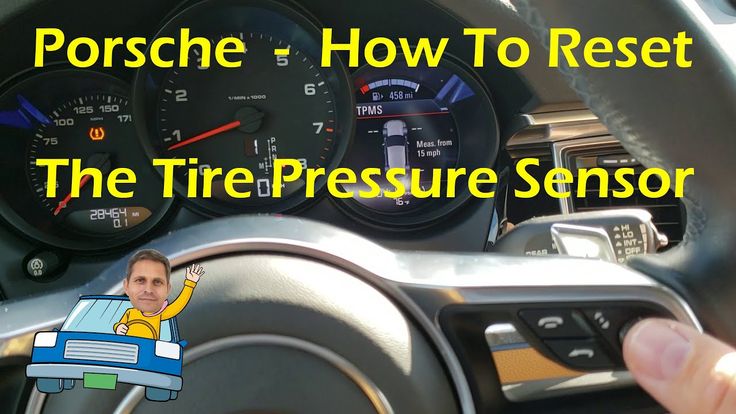 Therefore, it is important to establish the causes of the malfunction and fix the problem in time. nine0003
Therefore, it is important to establish the causes of the malfunction and fix the problem in time. nine0003
Rate this article
0
Like this article? Share with friends:
Excessive or insufficient tire pressure reduces the safety of road users, increases tread wear and increases gas mileage. nine0003
Therefore, car manufacturers recommend keeping tires in good shape by inflating them only to the desired pressure. But how can this figure be determined? After all, not all drivers know how to use a pressure gauge without the risk of a flat tire. And if you're not one of them or don't want to mess around with mechanical pressure gauges, a tire pressure monitoring system, which is abbreviated as TPMS, will suit you.
TPMS is part of the vehicle control system. Specifically, this system monitors the pressure in all tires of a car, with the exception of the spare tire. When the pressure drops below the level invested in the system memory, the driver receives a special signal. It continues to disturb the conscience and nerves of the driver until the pressure in the chamber or tire reaches a safe level. nine0003
Until 2008, wheel pressure sensors were installed only in individual cars. However, after analyzing the causes of the accident, this system became mandatory for all new cars sold in the United States. Since November 2014, this practice has been picked up in the European Union. From that moment on, the TPMS system has become a mandatory element of every decent car.
In fact, this monitoring scheme was developed relatively long ago, back in the 20th century, but it was implemented only in military equipment and special vehicles. Therefore, the appearance of TPMS in civilian technology is a classic example of arms conversion. nine0137
Therefore, the appearance of TPMS in civilian technology is a classic example of arms conversion. nine0137
The control system is based on two laws of physics. The first law states that a change in pressure in a car tire leads to an increase or decrease in the circumference of the tread. According to the second law, with an increase or decrease in the circumference, the speed of rotation of the wheel also changes.
If you put a wireless (or wired) sensor on the axle of the wheelset that detects the wheel speed, and output the signal from this controller to the control panel, which has the correct speed stored in the memory, then in the process of continuous comparison of the actual and reference indicators, TPMS will be able to track the pressure in a car tire. In addition, the control sensor can be placed directly on the valve. It then reads the information directly, transmitting it to the control panel wirelessly. nine0003
By installing TPMS in the car, the driver will be able to control the pressure in the tire with an accuracy of the atmosphere.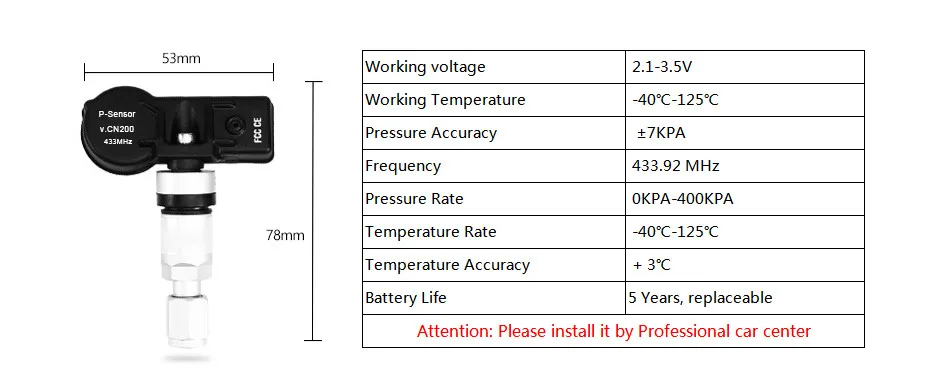 Due to this, it can prevent uneven wear of the tread and a drop in the level of grip with the roadway.
Due to this, it can prevent uneven wear of the tread and a drop in the level of grip with the roadway.
A timely noticed pressure drop will save you from the most common “technical” cause of an accident - a flat tire breaking off a disc on the go. That is why the Tire Pressure Monitoring System has become a mandatory part of automotive electronics in both the US and the EU. nine0137
In addition to increased safety, the pressure monitoring system provides the following benefits:
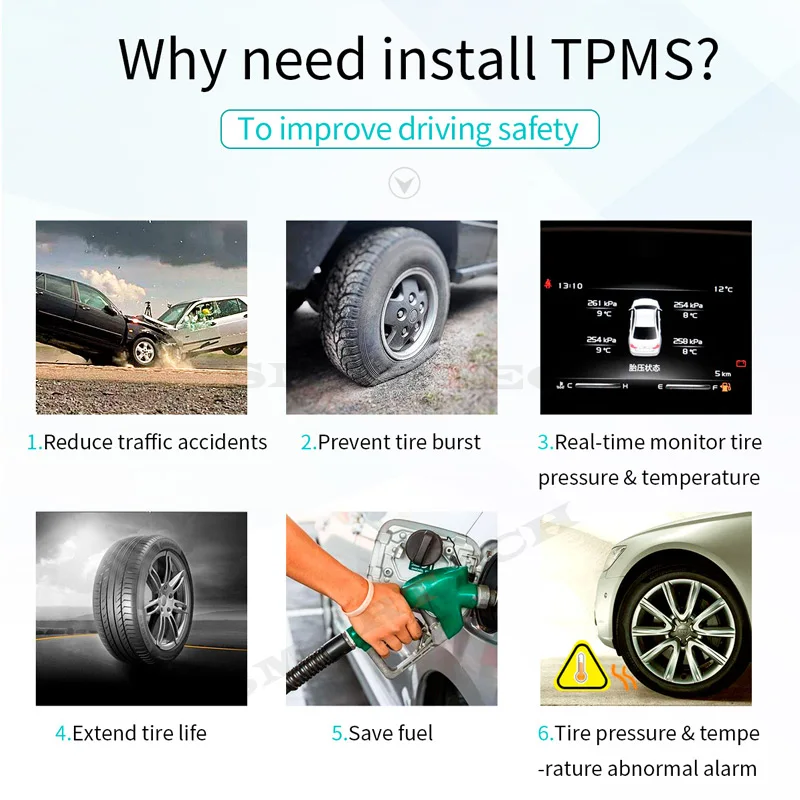 In addition, the long service life of the tire also contributes to the protection of nature.
In addition, the long service life of the tire also contributes to the protection of nature. These benefits are guaranteed by Tire Pressure Monitoring System of any design. Therefore, TPMS manufacturers strive to attract the attention of customers by releasing a wide range of models with personal benefits.
The whole variety of wheel monitoring systems can be divided into two conditional groups: installations with direct measurements and controllers of indirect parameters. In the first case, the main controller of the car wheel parameters is a pressure sensor that replaces the tire valve. In the second case, the wheel speed is monitored - an indirect parameter related to tire pressure.
Installing a direct controller guarantees maximum measurement accuracy, and such systems control each wheel individually. Direct TPMS displays information on the number of atmospheres in each tire on the control panel screen, and these data are fed in real time, so any deviations from the reference parameters are immediately noticeable.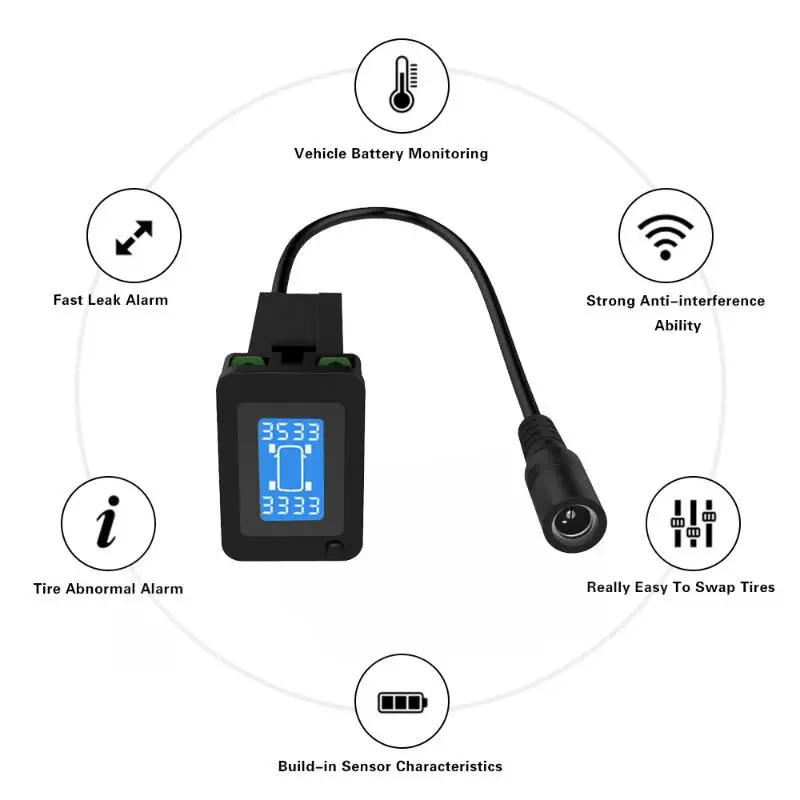 nine0003
nine0003
Installing an indirect controller allows you to fix the very fact of the failure, so a flat tire can only be found at the service station, during the pressure check in each tire. Because of this, the owners of indirect systems ignore the signals of the controller until the last moment, saving on a visit to the service station.
If you want to increase the level of safety, buy a direct control system with any type of sensors.
Direct system operates external and internal sensors of the following type:
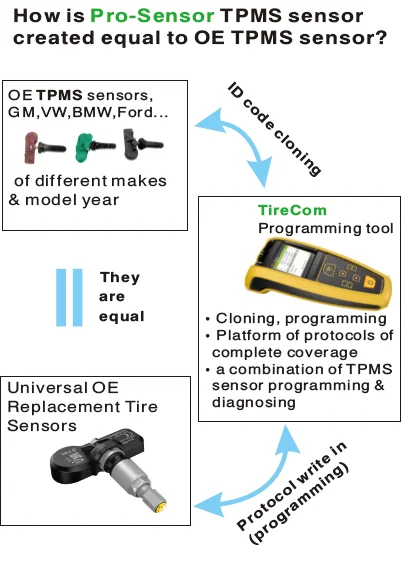 Moreover, the chip can be built into the chamber or nipple. In this case, a display is used to retrieve information, which displays the pressure value (in bar), ambient temperature and other parameters. nine0018
Moreover, the chip can be built into the chamber or nipple. In this case, a display is used to retrieve information, which displays the pressure value (in bar), ambient temperature and other parameters. nine0018 The mechanical system can only operate with an external controller. Electronics can work with wireless sensors of external and internal type. Moreover, both external and internal sensors have their pros and cons. Therefore, before buying a specific TPMS model, the driver should understand the pros and cons of each option. nine0003
Winter Drive protection
Tires Goodyear UltraGrip Arctic 2 SUV
Winter Drive Protection Sound Comfort
Rating:
4.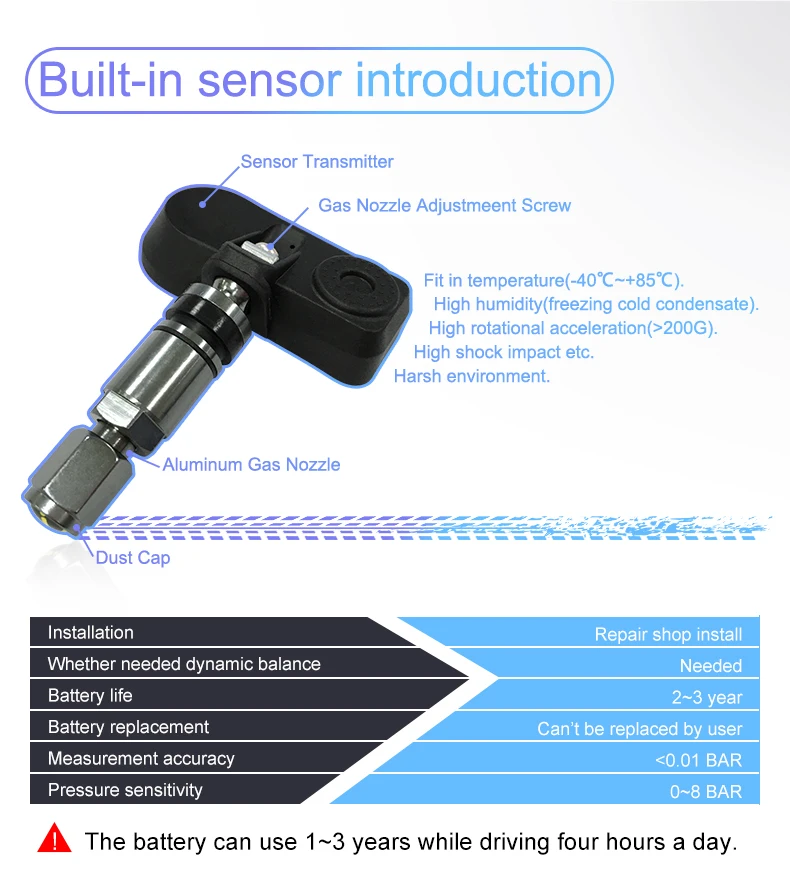 5
5
Tires Goodyear UltraGrip Ice 2
Winter Drive protection
Tires Goodyear UltraGrip Performance+ SUV
Winter Drive protection
Tires Goodyear UltraGrip Arctic 2
Winter Drive Protection Run On Flat Sound Comfort
nine0002 Tires Goodyear UltraGrip Performance+ An external wireless TPMS sensor is mounted at the request of the car owner. It is put in place of the spool or cap. Such a controller performs two functions - it works both as a shut-off valve and as part of a measuring device. This duality has a not-so-pleasant downside. Such controllers are characterized by false positives. They may show an incorrect value or fail due to external factors. This is the strongest drawback of external devices. nine0003
Such a controller performs two functions - it works both as a shut-off valve and as part of a measuring device. This duality has a not-so-pleasant downside. Such controllers are characterized by false positives. They may show an incorrect value or fail due to external factors. This is the strongest drawback of external devices. nine0003
The advantages of external controllers include versatility and low price. The sensor-cap can be put on any nipple. Moreover, the price of a set of external devices is commensurate with the cost of one internal sensor. However, chasing cheapness, you can lose the entire external kit - such controllers are stolen even more often than wipers.
Internal controllers are mounted both at the request of the car owner and at the direction of the vehicle manufacturer. Moreover, today the decision to install this device in a car older than 2014 was made by literally all automakers. Therefore, it can be found even in budget models of passenger cars. nine0003
Therefore, it can be found even in budget models of passenger cars. nine0003
In this case, the internal control scheme guarantees two major advantages at once. Firstly, such a device performs only a controlling function. It does not work as a locking unit, so its accuracy is not affected by external factors. Secondly, the internal placement eliminates the possibility of stealing the controller. It is simply not visible from the outside.
The only disadvantage of this accommodation option is the price. However, the ability to integrate the sensor into the car's wireless system partially solves that problem, allowing you to save on the control panel and display. nine0003
In addition to sensors, the format of the control panel also affects the choice of control system. After all, the very possibility of warning the driver about an emerging problem with tire pressure depends on its information content.
Owners of external and internal controllers can purchase simple remotes that provide visual and audible warning of a problem.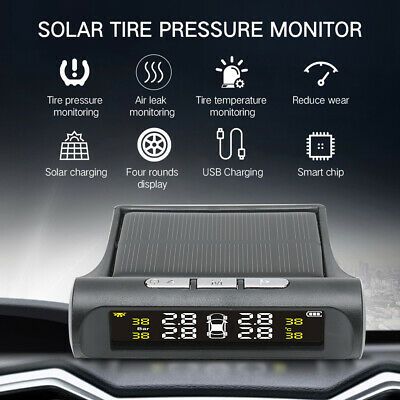 In such a remote control there is a control unit and two LEDs - green and red. When changing colors, the driver should check the tires in a car service. nine0003
In such a remote control there is a control unit and two LEDs - green and red. When changing colors, the driver should check the tires in a car service. nine0003
In addition to simple, single-signal TPMS consoles, they are equipped with more complex devices that display information on the pressure in each wheel. In addition to this information, such a remote control can show the temperature overboard, date and time, replacing the car clock. Moreover, a cigarette lighter socket is used to power such a remote control.
The most advanced controllers are equipped with a wireless communication module that allows you to synchronize the TPMS with the driver's smartphone. In this case, the owner of the machine does not need a separate control panel. He can set up the sensors to work with the phone using a special application. nine0003
Mechanical controllers are not calibrated or adjusted.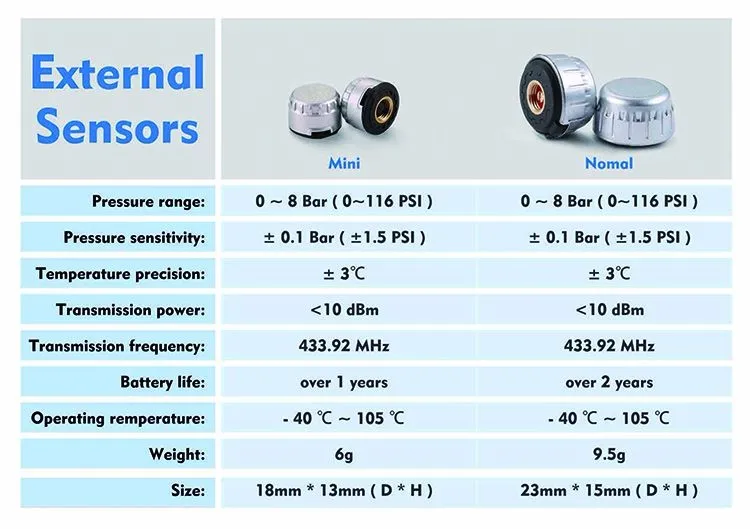 You insert them in place of a conventional spool, and then inflate the tire to the desired pressure. After that, the cap of the mechanical shut-off and control device changes color (to a green color), which indicates the completion of the setting.
You insert them in place of a conventional spool, and then inflate the tire to the desired pressure. After that, the cap of the mechanical shut-off and control device changes color (to a green color), which indicates the completion of the setting.
The electronic sensors will take some more fiddling around by doing the following:
Once the calibration is complete, the driver can use the machine as he pleases.